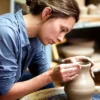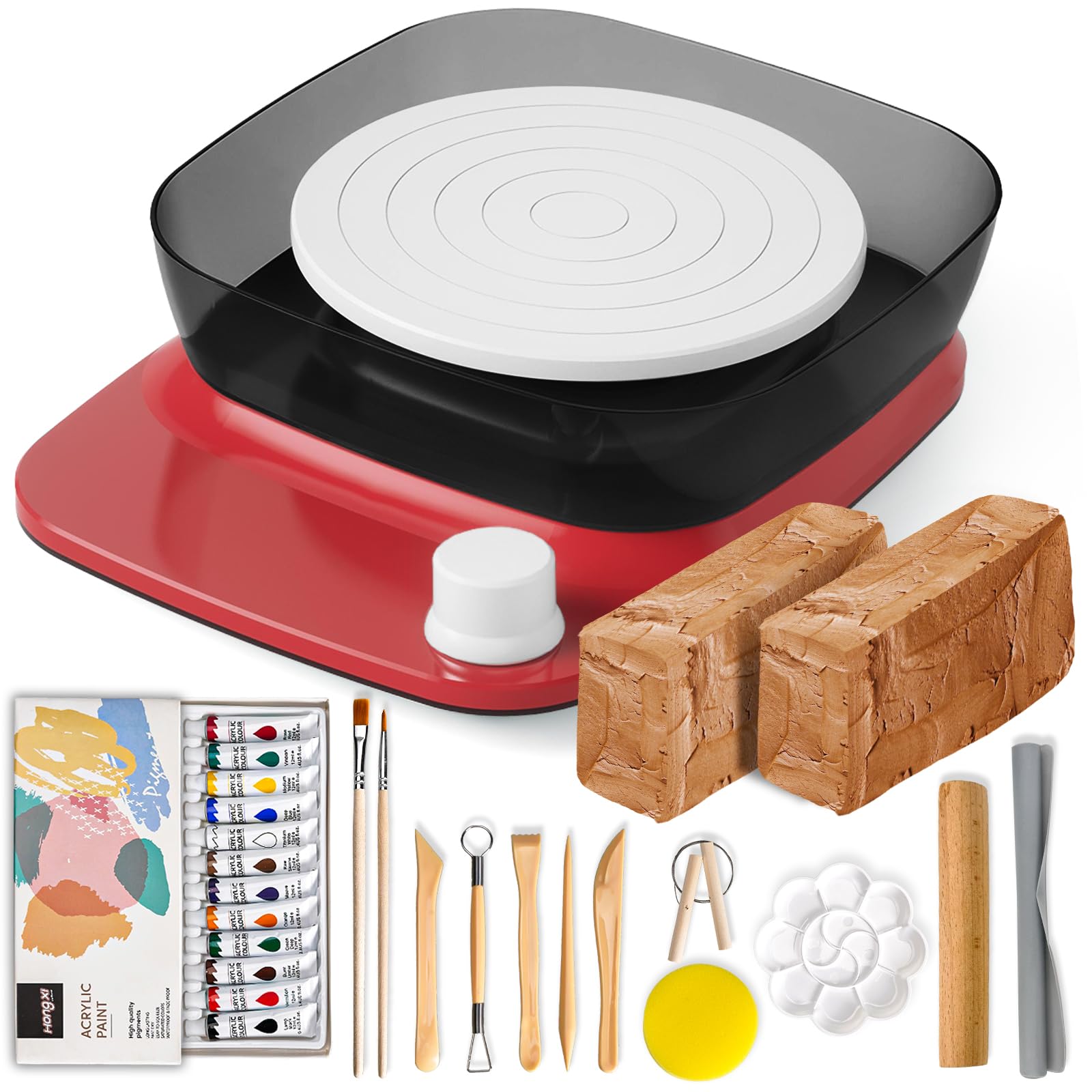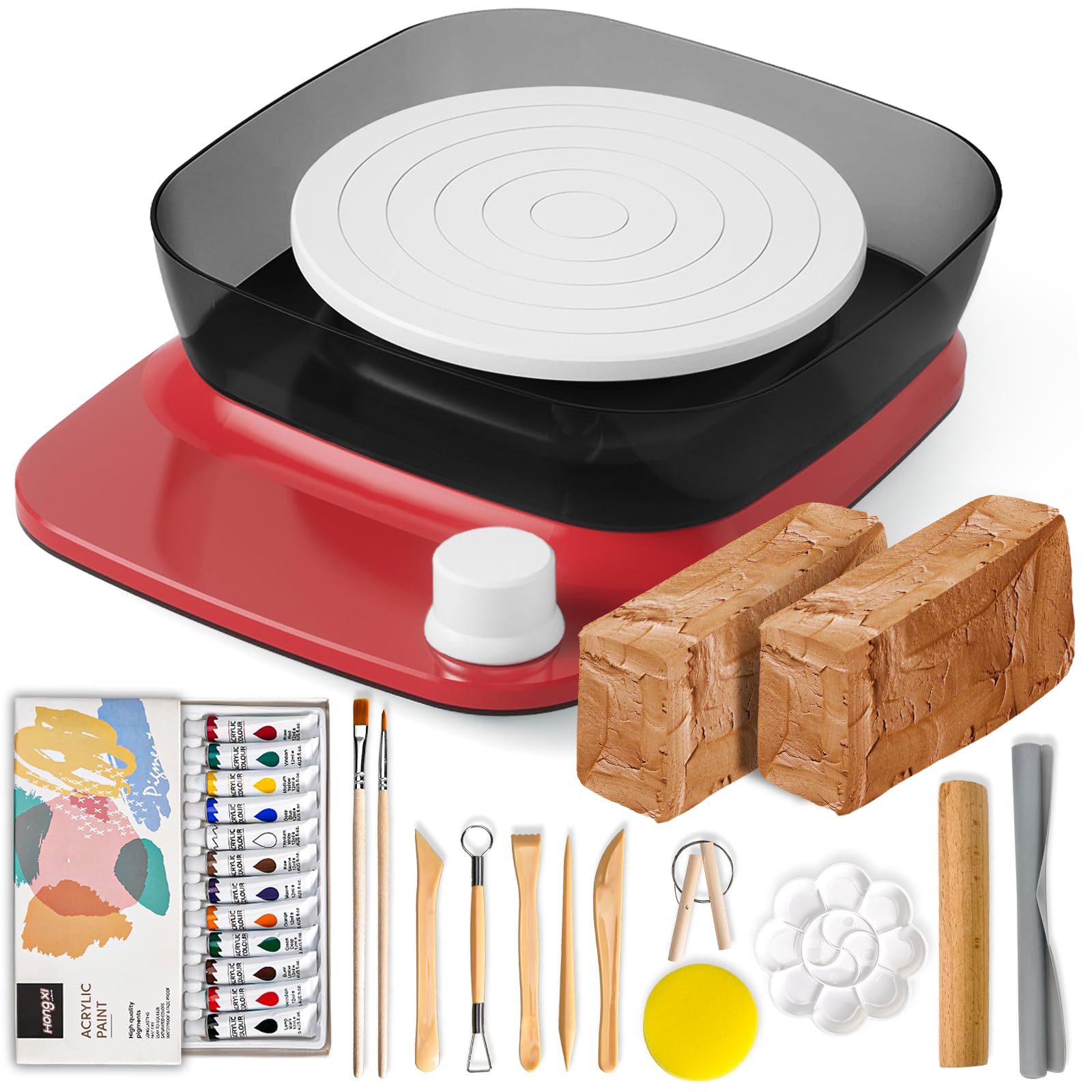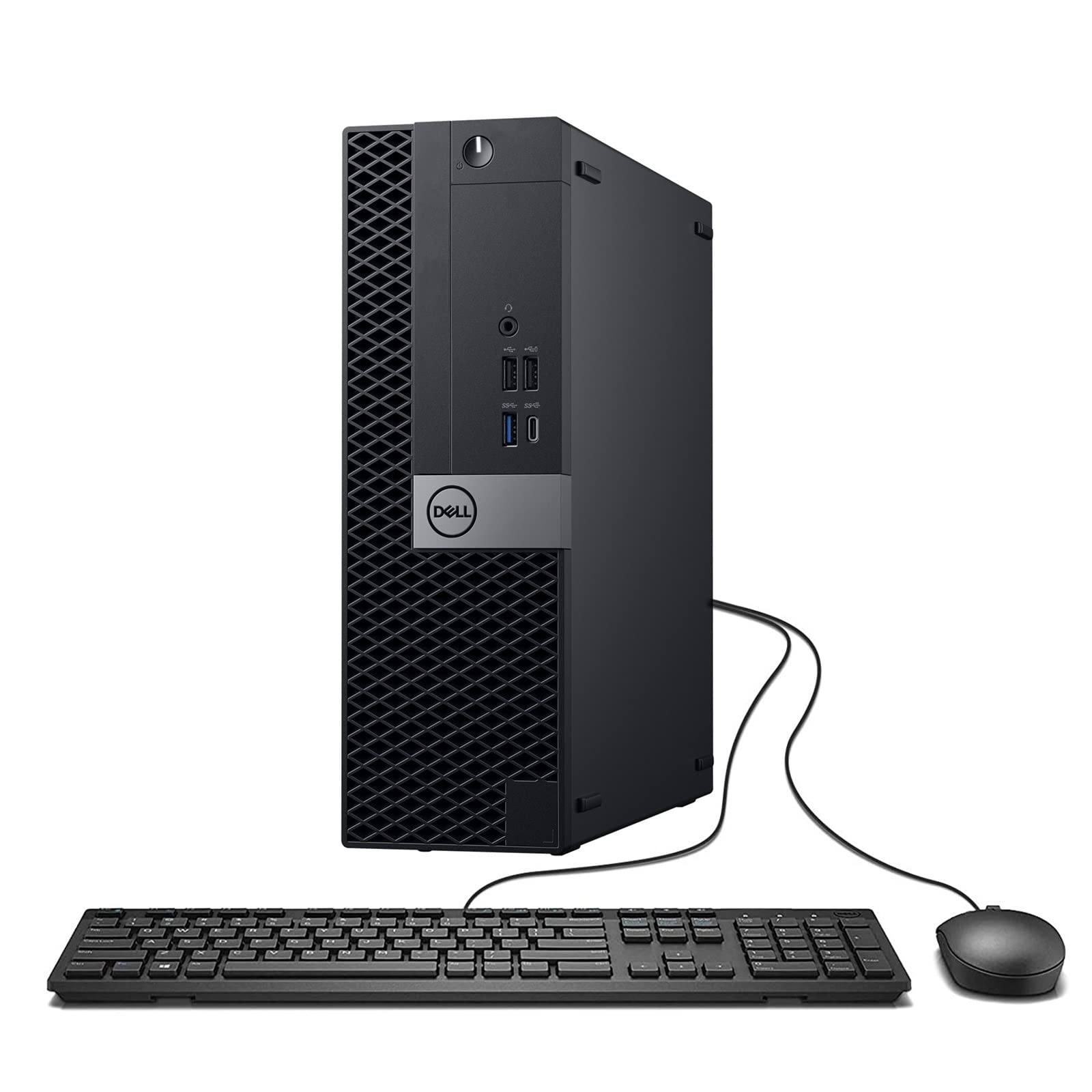Creating pottery needs a workspace that is both functional and efficient, especially in spaces with limited room.
Compact studio workstations are ideal solutions for pottery enthusiasts who value organization without compromising space.
These workstations are tailored to meet the specific needs of potters, providing enough space for tools, clay, and other materials while maintaining a neat layout.
Their design often focuses on maximizing utility in smaller spaces, ensuring that every piece of equipment is within reach.
When considering a compact studio workstation for pottery, there are several critical factors to keep in mind.
The size of the table and shelves is crucial; it should fit comfortably in your available space while providing enough room for your pottery projects.
Material choice is also vital, as it affects the workstation’s durability and ease of cleaning.
Look for workstations made of sturdy materials that can withstand the weight and mess of clay.
Portability might be another consideration if you plan to reorganize your workspace frequently or need the flexibility to move your studio from one location to another.
We’ve meticulously explored and evaluated various compact studio workstations to find those that blend efficiency, durability, and space-saving design, making them ideal for potters who want to optimize their creative workspace.
Best Compact Studio Workstations for Pottery
We’ve curated a selection of top compact studio workstations ideal for pottery enthusiasts.
These options suit varying needs and budgets, ensuring efficiency and functionality in your creative space.
Goody King Pottery Wheel
This compact pottery wheel is ideal for kids and beginners who want to explore pottery with minimal setup and cost.
- Extremely portable, making pottery crafting more versatile.
- Comes with a diverse set of tools and vibrant acrylic paints.
- Adjustable speed settings cater to different skill levels.
- Struggles with heavier clay due to a weaker motor.
- Limited to small crafts, not suitable for serious pottery.
- May halt under pressure, impacting performance.
We’ve had the opportunity to try out the Goody King Pottery Wheel, and its portability stood out immediately.
This wheel is easy to move around, making it suitable for various spaces and quick brainstorming sessions.
The included acrylic paints and tools enable users to jump right into crafting without needing additional purchases.
While the kit is comprehensive and beginner-friendly, we noticed some limitations when using heavier clay.
The motor tends to stop under significant pressure, something that seems more suitable for very young artists rather than adults.
This does affect productivity when attempting more complex projects.
Our take is that this pottery wheel serves well as an entry point into the world of pottery.
It’s tailored for small pieces and is perfect for those who dabble or are getting started.
For ambitious projects or learning intricate pottery techniques, considering a more robust setup might be necessary.
Claiks Electric Standing Desk
This desk is a worthwhile choice for anyone looking to enhance their workspace with a stylish and functional standing desk.
- Easy to assemble with clear instructions
- Spacious enough for multiple devices
- Adjustable height with preset options
- Limited color options
- Some parts feel lightweight
- Electric components require power access
We recently spent some time with the Claiks Electric Standing Desk, and we were pleasantly surprised by how straightforward it was to get it up and running.
The instructions were clear, minimizing the usual assembly frustration.
The 48×24 inch surface provided ample space for various tools and devices, keeping us organized.
The desk really shines with its electric height adjustment feature.
It offers a smooth transition between sitting and standing positions, which helped us customize our work environment seamlessly.
The three preset buttons were convenient, especially when switching back and forth multiple times during the day.
Its rustic brown top paired with a sleek black frame offered an appealing aesthetic.
It’s a solid choice for those aiming to balance style and ergonomics, though we noticed the limited color options might not suit every decor preference.
In terms of stability, it performed well, though some components felt slightly lighter than expected.
Dell Optiplex 7050 SFF Desktop PC
A worthwhile investment for pottery enthusiasts in need of a compact, high-performance workstation with essential connectivity.
- Powerful Intel i7 processor ensures smooth multitasking
- Ample 32GB RAM ideal for resource-intensive pottery design software
- Certified refurbished with a warranty provides peace of mind
- Occasional issues with power button functionality
- Limited graphics capability without additional cards
- May arrive in generic packaging, affecting unboxing experience
The Dell Optiplex 7050 impressed us with its ability to handle complex design software and media storage without lag.
Its Intel Core i7 processor kept our workflows seamless, making it suitable for heavy multitasking, which is essential in a pottery studio setting where multiple applications often run simultaneously.
Our experience with the 32GB DDR4 RAM was nothing short of robust, smoothly supporting everything from designing templates to storing large files for our pottery projects.
The device’s connectivity options, including USB, HDMI, and DisplayPort, allowed easy setup of peripherals and dual monitors — a massive plus for expanding workspace.
While the build is certified refurbished and functions like new, setup wasn’t without its quirks.
We encountered a minor drawback with the power button but appreciated the warranty coverage to resolve such issues when needed.
The PC’s integrated graphics might fall short for advanced software, which is something to consider for future expansion.
Despite these minor drawbacks, the overall experience with Dell’s Optiplex 7050 remains positive, especially considering its cost-effectiveness and performance for a studio environment.
Buying Guide
When selecting a compact studio workstation for pottery, it’s essential to focus on key features that enhance functionality and space utilization.
Our aim is to help you choose the best option that matches your needs and budget.
Considerations
- Size and Space: Measure your workspace. Ensure the workstation fits comfortably without overcrowding the room.
- Material: Look for durable materials that withstand weight and repeated use, such as wood or metal.
- Portability: If space is limited, consider foldable or easily movable workstations.
Features
- Shelving and Storage: Assess the amount of storage required. Shelves, drawers, and compartments keep tools organized.
- Weight Limit: Ensure it supports the weight of your clay and tools, especially if you use heavy pieces.
- Surface Type: Smooth surfaces are ideal for shaping. Non-porous materials prevent clay from sticking.
Budget
- Price Range: Determine your budget. Consider the trade-off between cost and quality.
- Warranty and Support: Check for warranties. A good warranty often indicates product quality.
Table of Key Features
| Feature | Consideration |
|---|---|
| Size & Space | Measure the area you have. |
| Material | Opt for durable, long-lasting materials. |
| Portability | Look for foldable or lightweight options. |
| Storage | Check for ample shelves and compartments. |
| Weight Limit | Ensure it can handle your typical load. |
| Surface Type | Choose non-porous, smooth materials for easy cleanup. |
| Price Range | Balance between cost and functionality. |
| Warranty | Prefer options with comprehensive warranties. |
Frequently Asked Questions
We’ve gathered some important considerations and advice for creating a compact pottery studio.
These insights target the essential features, setup tips, materials, costs, and spatial arrangements that suit both beginners and experienced potters.
What are the essential features to look for in a compact studio workstation for pottery?
When choosing a compact workstation for pottery, we should prioritize durability, ergonomic design, and adequate storage space.
A sturdy work surface and adjustable shelves add convenience, while a well-designed layout enhances functionality.
How do I set up a small home pottery studio efficiently?
Efficiency is key in a small studio.
We need to use vertical space wisely with shelves and racks, ensure good ventilation, and organize tools for easy access.
Multi-functional furniture can help maximize the limited area.
What types of countertops are most durable for a pottery studio setup?
For a pottery studio, we should consider countertops made of stainless steel, sealed wood, or other water-resistant materials.
These materials offer durability and ease of cleaning after clay work, which is crucial for maintaining a tidy workspace.
Can I build my own pottery work table and if so, what materials will I need?
Building our own pottery work table is certainly feasible.
We would need sturdy wood for the frame, a smooth and sealed surface for the top, and proper fasteners.
Customized height and features can suit our personal workflow and budget.
What is the average cost range for a high-quality pottery table with a wheel?
A pottery table with a wheel can range from $400 to $1,500, depending on the brand, features, and materials.
Investing in a high-quality model can offer longevity and smoother operation, enhancing our crafting experience.
What are some space-saving layout options for small pottery studios?
In small pottery studios, foldable tables, wall-mounted shelves, and stackable storage bins can be used.
Aligning tables against walls and keeping floor space open helps maintain a clutter-free environment.
Prioritizing mobile workstations allows you to reconfigure the space as needed.





